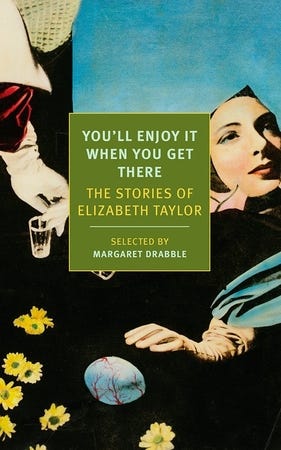7 Books About the Dangers of (Mis)Communication
Lindsay Stern, author of “The Study of Animal Languages,” on the fraught margin between what we say and what we actually mean
I n 1831, a bloody battle erupted in the small French village of Labrousse. The issue at stake was whether or not village leaders should ring the town’s bell tower during thunderstorms. Half the town argued that they should, believing the noise would frighten off the storms. The other half thought it would entice the storms and that ringing the bell was therefore a terrible idea. They came to blows, and the village prefect sided with the former camp, issuing a ban on the tolling of bells during storms. Incredulous, their opponents charged the tower during a subsequent storm and rang the bell with all their might, not realizing that they had flocked to what amounted to a massive lightening rod. Historians don’t know whether anyone was struck that day. They do know that in the midst of the conflict, no one noticed that both camps agreed on the salient point: that ringing a bell could influence the weather.

To me, that episode — recounted in Alain Corbin’s book Village Bells — doubles as an allegory for human communication at large. Why do our attempts to express ourselves so often backfire? Why do we attack each other precisely when we need each other most? I explore these questions in my first novel, The Study of Animal Languages, narrated by a philosopher whose training in epistemology does not prevent him from drastically misreading the needs of his loved ones and himself. What follows are seven books that — like the battle at Labrousse — stage the perils of (mis)communication. In dazzling and distinctive ways, each navigates the fraught margin between what we mean and what we say.

The Sense of an Ending by Julian Barnes
“The past is a foreign country; they do things differently there.” These lines open L. P. Hartley’s The Go-Between, but they pertain with equal force and subtlety to Barnes’ novel. In it, a middle-aged man confronts the fictions he has woven about his life in the form of a letter he does not remember writing.

We Others by Steven Millhauser
In “The History of a Disturbance,” a husband resolves to stop speaking. His perceptions transform. So does his marriage. The story contains, among others, this gem about supermarkets: “It excites me to walk down those big American avenues piled high with the world’s goods, as if the spoils of six continents are being offered to me in the aftermath of a triumphant war.”

Samuel Johnson Is Indignant by Lydia Davis
“At a certain point in her life,” Davis writes, in what represents the entirety of her story “A Double Negative,” “she realizes it is not so much that she wants to have a child as that she does not want not to have a child, or not to have had a child.” Davis is renowned for her deceptively succinct, koan-like stories, some of which unfold in the space of one sentence. But it is the fault lines between ideas and words that most interests her. In this collection she pays fearless attention to these gaps and the earthquakes they portend.
‘BlacKkKlansman’ Shows How White Supremacists Make Language Into a Weapon

Open City by Teju Cole
Julius, a young psychiatrist, walks the streets of New York City, thinking. He reflects on class, history, and his own relationships. Until the book’s final pages, the novel seems like a triumph of essayistic fiction. Yet its real achievement is to show us, with ruthless calm, what Julius’ internal monologue has prevented him from seeing.

You’ll Enjoy It When You Get There: Selected Stories of Elizabeth Taylor edited by Margaret Drabble
“She stood before an alarming crisis, one that she had hoped to avoid for as long as ever she lived — the crisis of meeting for the first time the person whom she knew best in the world.” These lines open Taylor’s exquisite story “The Letter Writers,” about an encounter between two people who have shared an intense correspondence for ten years but have never met in person.

Elizabeth Costello by J. M. Coetzee
In this incandescent character study, a novelist delivers a series of speeches to audiences that do not catch her meaning. Coetzee’s exploration doubles as a critique of the academy and of the conventions of realist fiction.

The Key by Jun’ichiro Tanizaki
Tanizaki’s exquisitely spare novel takes the form of parallel diary entries written by a husband and wife. It soon becomes clear that the two spouses are spying on one another, that each know this, and that the diaries represent an unlikely mode of communication. This ingenious exploration of the silences between lovers doubles as a fable about desire.

About the Author
Lindsay Stern is a graduate of the Iowa Writers’ Workshop and the recipient of a Watson Fellowship and an Amy Award from Poets & Writers magazine. She is currently pursuing a PhD in comparative literature at Yale University. The Study of Animal Languages is her first novel.


7 Books About the Dangers of (Mis)Communication was originally published in Electric Literature on Medium, where people are continuing the conversation by highlighting and responding to this story.











